Affiliate links on Android Authority may earn us a commission. Learn more.
Did you know: You could once buy NVIDIA-powered smartphones
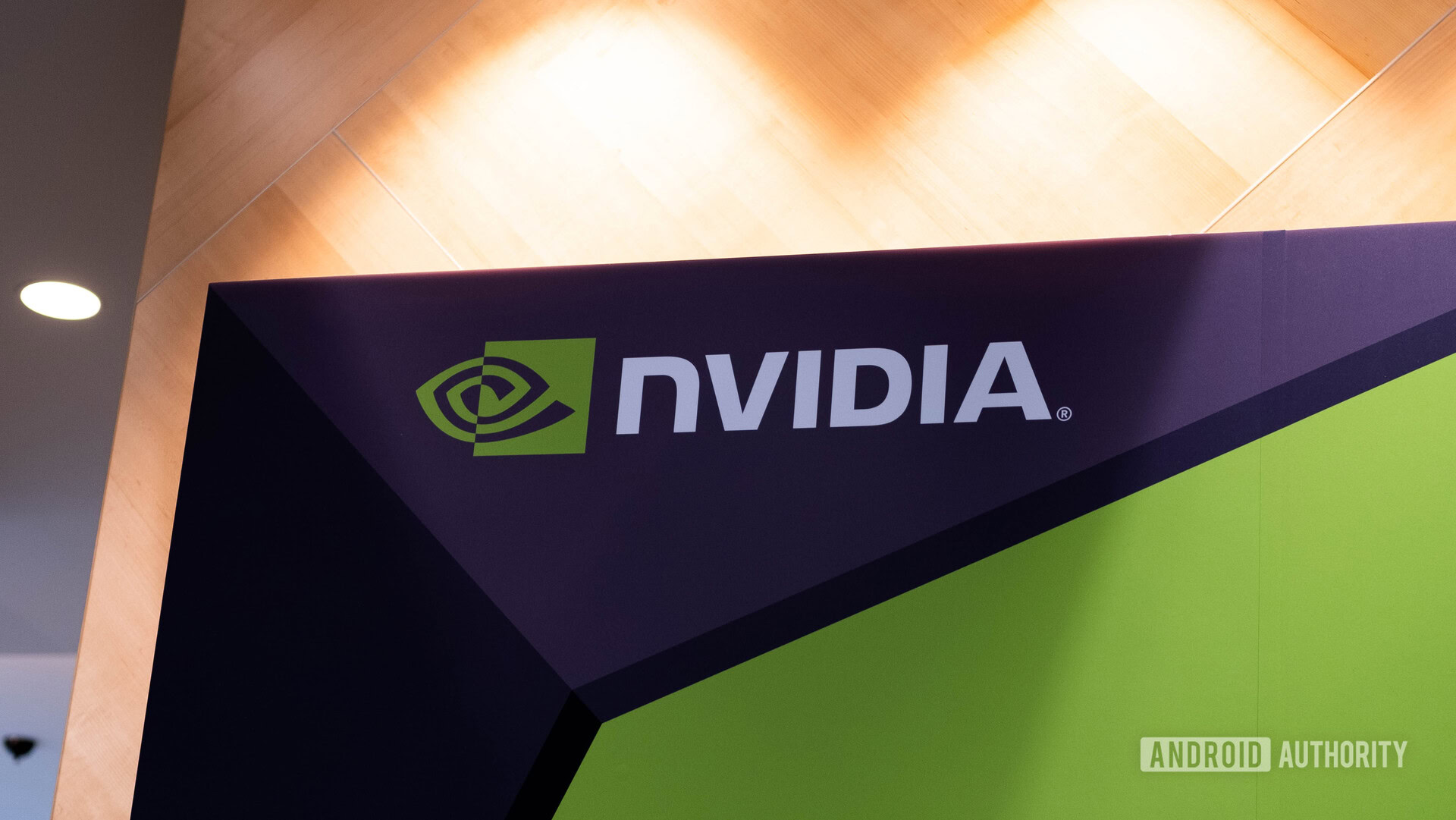
It’s nigh-on impossible to get your hands on NVIDIA’s PC technology these days (thanks to 2021’s global chip shortage) but did you know that not too long ago it was possible to buy an NVIDIA phone? In fact, a number of smartphones and other small gadgets were once upon a time running on low-power NVIDIA chipsets.
We’re talking, of course, about NVIDIA’s Tegra lineup of processors that went up against systems on a chip (SoCs) from Qualcomm, Samsung, and others back in the day. That’s right, the range of chipsets now powering the likes of the Nintendo Switch gaming console and NVIDIA Shield media player can trace their ancestors back to early smartphones.
Microsoft's Zune HD was the first gadget to use NVIDIA's Tegra.
In fact, the very first product to use an NVIDIA Tegra chipset was 2009’s Microsoft Zune HD. Microsoft’s Kin was the first cellphone powered by this range of chips. They weren’t exactly the most popular products back in their day, but the company did find a bit more success in the following years.
Android, powered by NVIDIA
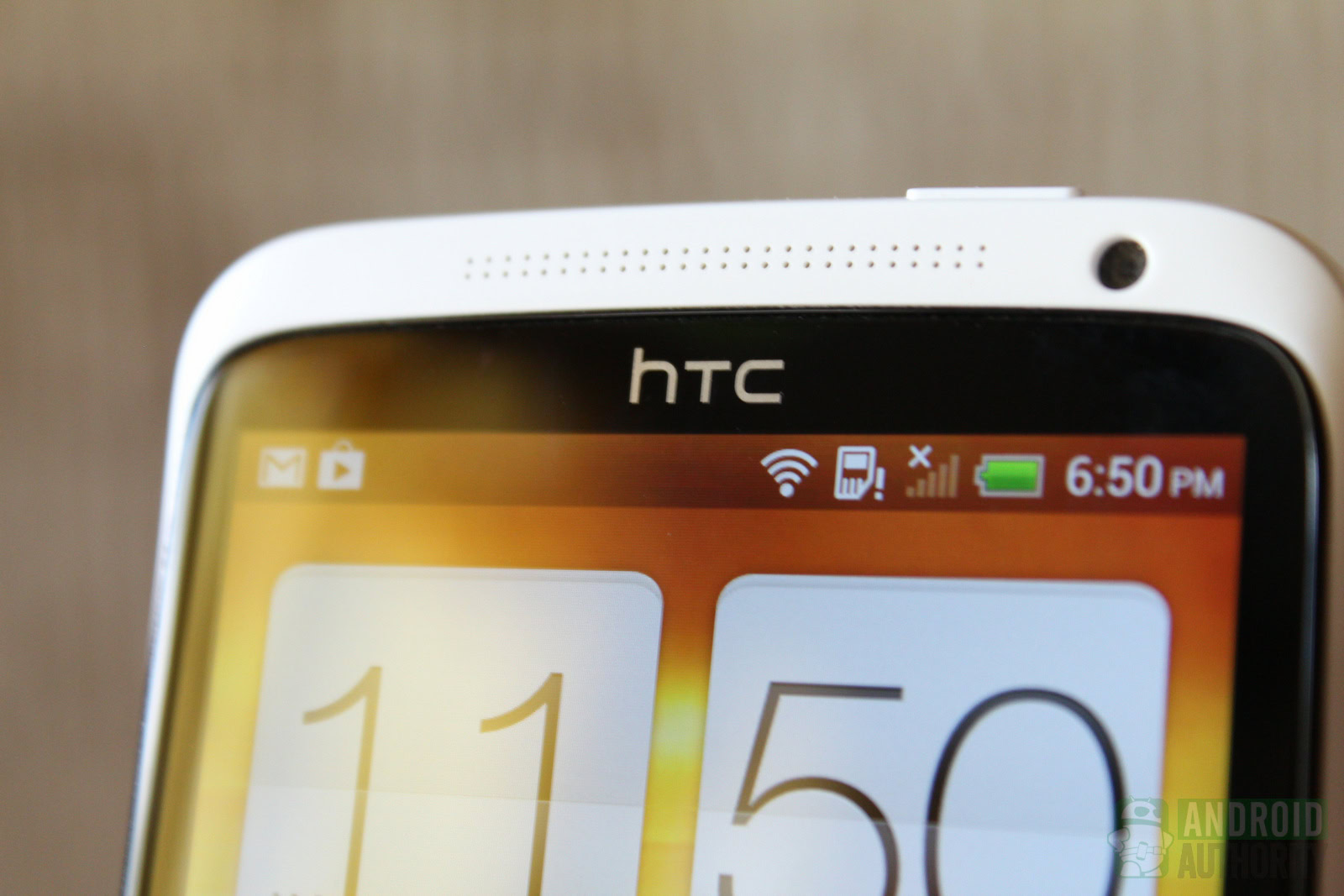
Nvidia’s next-gen Tegra 2 chipset boasted a much more powerful dual-core Arm Cortex-A9 CPU and an ultra low power GeForce GPU. The Tegra 2 held the Android performance crown for a few months, particularly against the commonplace single-core processors on the market. But that lead was short-lived once the dual-core Qualcomm Snapdragon S3 came along later in the year, followed by Samsung’s Exynos 4 Dual.
Still, the chipset found success inside 2010’s Android-powered Motorola Droid X2 and LG Optimus 2X handsets, although neither sold like hotcakes. The Tegra 2 also powered a reasonably sized selection of other smartphones, tablets, and even the odd notebook from a variety of brands.
NVIDIA Tegra mobile phones include the Motorola Droid X2, LG Optimus 2X, Samsung Galaxy R, HTCOne X, and Xiaomi Mi 3.
Perhaps the most memorable Tegra 2 release was 2011’s Samsung Galaxy R. The Galaxy R was a bit of a Galaxy S2 spinoff featuring a “Tegra Zone” application that allowed customers to download games optimized specifically for the device — an idea that lasted about as long as you’d expect. Furthermore, the chip was considerably more mid-range come 2011 and wasn’t as powerful as the flagship Galaxy S2 model.
NVIDIA followed up with the Tegra 3 in 2011. This next-gen chipset boasted a quad-core Cortex-A9 CPU setup with NEON extensions and a fifth ultra low power companion core, a more powerful NVIDIA GeForce GPU, and a suite of video decoder technologies, making it a much more powerful multi-media machine than its predecessor.
See also: AMD vs NVIDIA — What’s the best add-in GPU for you?
The Tegra 3 powered a small number of memorable Android smartphones. The list comprises the HTCOne X, HTCOne X+, and LG Optimus 4X. The One X and X+ reviewed particularly well and played a key role in HTC’s rise to becoming one of the big players in the smartphone game, before its equally spectacular fall from grace.
Nvidia’s Tegra 3 had the option for much higher clock speeds too, making it suitable for tablets as well as phones. The Tegra 3 powered the Nexus 7 (2012) model, ASUS Transformer Pad, Sony Xperia Tablet S, and the original Microsoft Surface. It was also the brawn behind the ill-fated Ouya Android gaming console.
Moving beyond smartphones
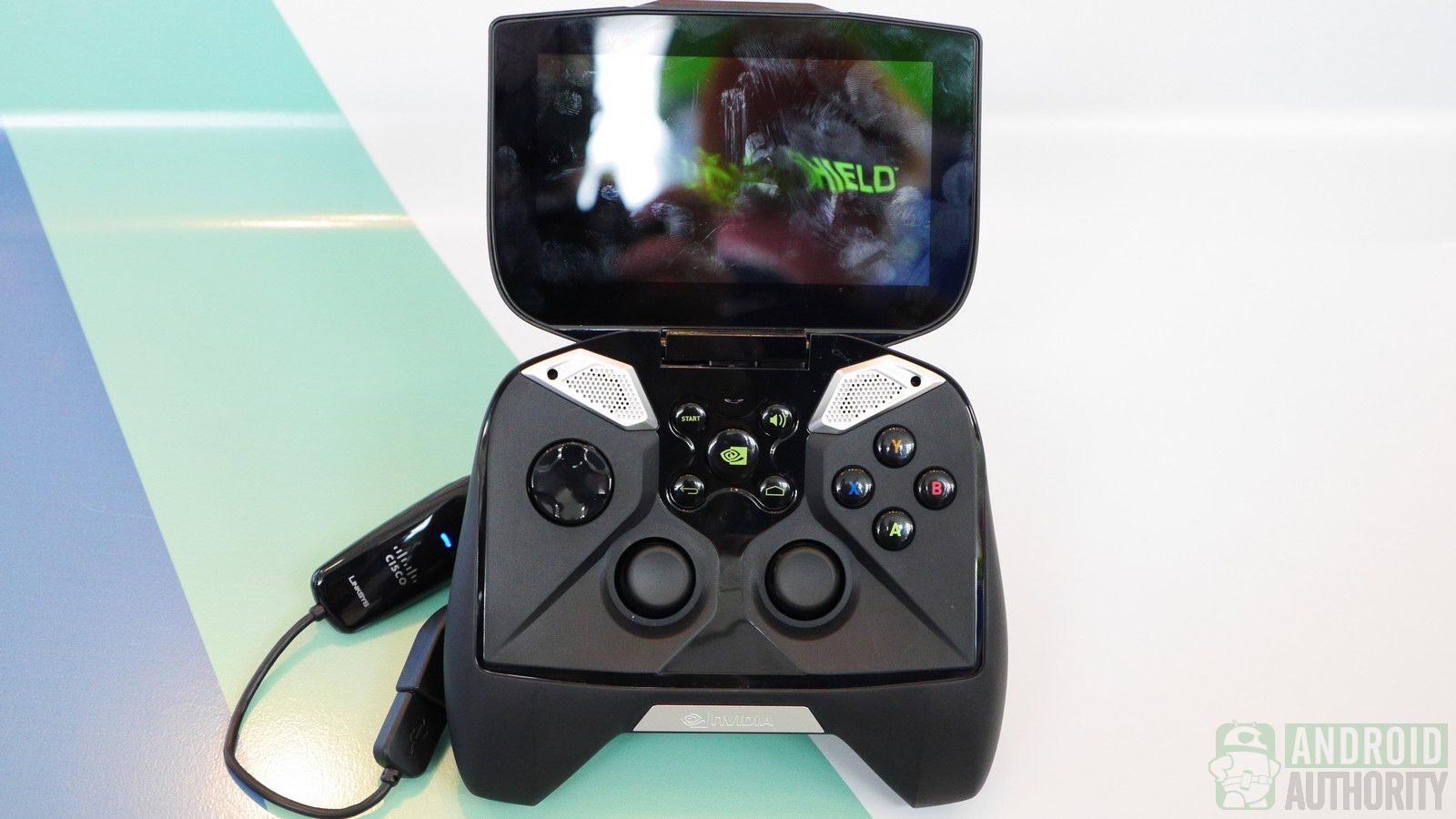
Although NVIDIA’s Tegra powered a small selection of Android smartphones in the early 2010s, it wasn’t to last. Smartphone chipsets became increasingly complex, with the CPU and GPU playing diminished roles compared to advanced networking and co-processor capabilities in the following years. Instead, NVIDIA shifted its chipset ambitions towards the tablet, multi-media, and eventually handheld game console market.
2013’s Tegra 4 began this transition, with a power-hungry 72-core GPU configuration that made it 7x more powerful than the Tegra 3. Combined with four 1.9GHz Cortex-A15 CPU cores, low power companion core, LPDDR3 memory, and a host of video hardware decoding blocks, the Tegra 4 continued to find success in Android tablets. It also powered the gaming-centric NVIDIA Shield Portable and the unreleased Mad Catz Mojo, as well as the Xiaomi Mi 3 smartphone.
A trimmed down Tegra 4i version with a quad Cortex-A9 CPU and 60-core GPU powered the LG G2 Mini, the privacy-focused Silent Circle Blackphone, and a couple of Tegra 4 smartphones from Wiko. But this chip marked the end of NVIDIA’s smartphone ambitions.
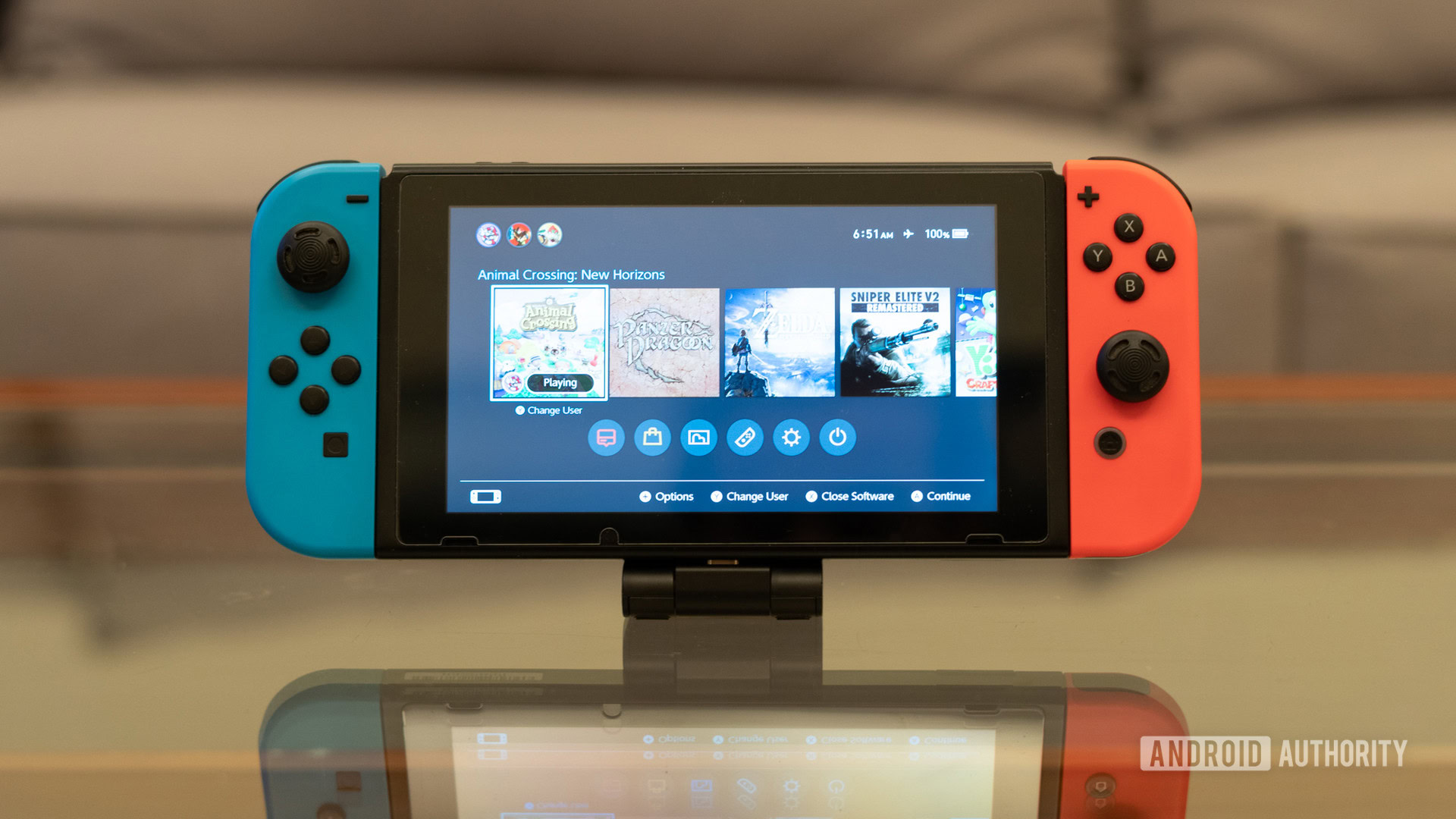
2014 saw NVIDIA announce the Tegra K1, sporting powerful 192-core Kepler graphics and the option of either a quad-core Cortex-A15 or intriguing dual-core in-house Denver CPU setup. The latter model powered the fan-favorite HTCNexus 9 tablet, but the traditional Arm core model was more popular. That version ended up in a small selection of tablets and even a couple of Chromebooks from Acer and HP.
Tegra's breakout success didn't arrive until 2017's Nintendo Switch.
Although appearing in plenty of NVIDIA phones and other devices over the past decade, Tegra’s breakout commercial success didn’t arrive until 2017 and the launch of the Nintendo Switch. The handheld console sported 2015’s Tegra X1 and later its 16nm X1+ revision. It was the most powerful Tegra chipset to date, with a 256-core Maxwell GPU, octa-core Cortex-A57 and A53 CPU, and a host of the latest H265 and VP9 video encoding and decoding hardware blocks. The Tegra X1 also powers the hugely popular NVIDIA Shield Android TV devices, which set the benchmark for the modern smart TV experience.
Subsequent launches of the Tegra X2, Xavier, and Orin SoCs have mostly ended up in development boards and automotive systems. It’s not clear if NVIDIA is even focused on consumer products for these chips, as its focus switches to machine learning and AI markets.
NVIDIA remains interested in mobile
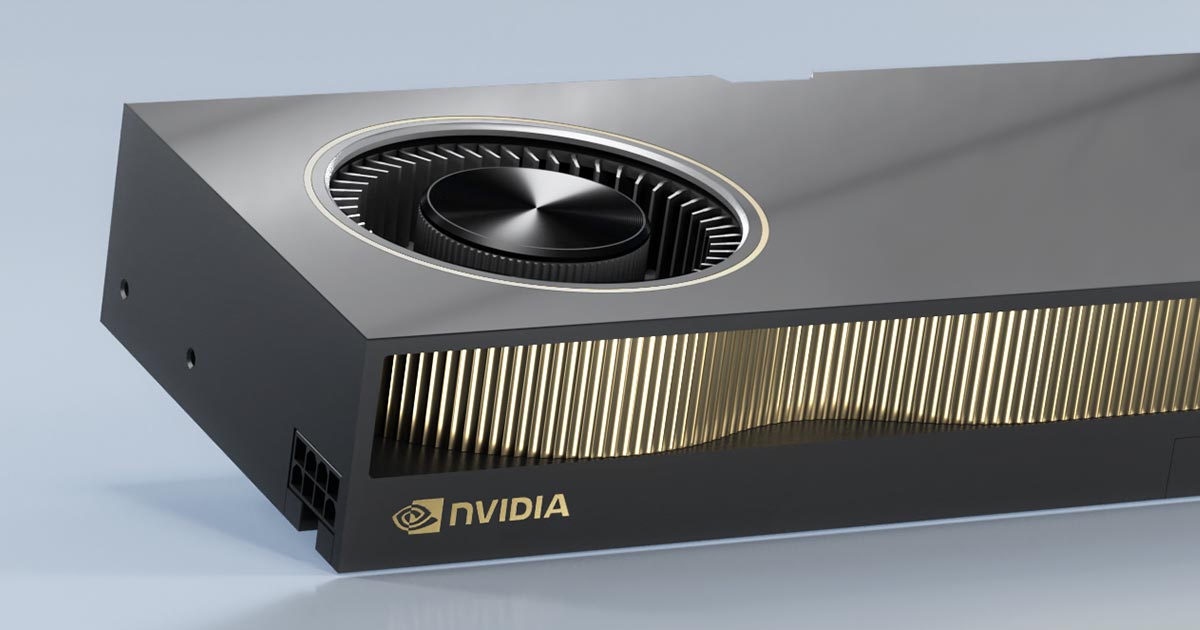
From music players to smartphones and game consoles, NVIDIA has powered a range of popular portable products over the past decade. Although the company may still be best known for its powerhouse PC graphics cards, mobile remains firmly in its sights.
Up next: What NVIDIA buying Arm means for your next smartphone
NVIDIA is currently seeking regulatory approval to purchase Arm for $40 billion. Remember, Arm licenses its CPU architecture and cores found in Tegra, Snapdragon, Exynos, Apple, and pretty much every other mobile processor on the market today and over the past decade.
We can’t say whether we’ll ever see another smartphone powered by NVIDIA’s in-house technology. But if the Arm deal goes through, NVIDIA will own one of the most important technologies inside every Android and Apple smartphone.
This is the fifteenth post in our “Did you know” series, in which we dive into the history books of Android and consumer technology to uncover important and interesting facts or events that have been forgotten over time. What do you want to see us cover next? Let us know in the comments.
- Did you know: Xiaomi’s first product wasn’t a phone
- Did you know: The first smartphone to drop the headphone jack wasn’t an iPhone
- Did you know: The most popular music streaming platform isn’t Spotify
- Did you know: Roku was nearly a part of Netflix
- Did you know: Windows 10 Mobile (almost) supported Android apps
- Did you know: This 2014 Galaxy phone had 10X optical zoom
- Did you know: The first Nokia Android phone was released way back in 2014
- Did you know: This was the first water-resistant Android phone
- Did you know: The Surface Duo wasn’t Microsoft’s first dual-screen foldable
- Did you know: HTCowned Beats before Apple
- Did you know: The LG V40 opened the era of modern triple camera phones
- Did you know: Samsung once thought Android was a joke
- Did you know: Android was originally designed for digital cameras
- Did you know: The Samsung Galaxy Note was mocked and predicted to flop at launch